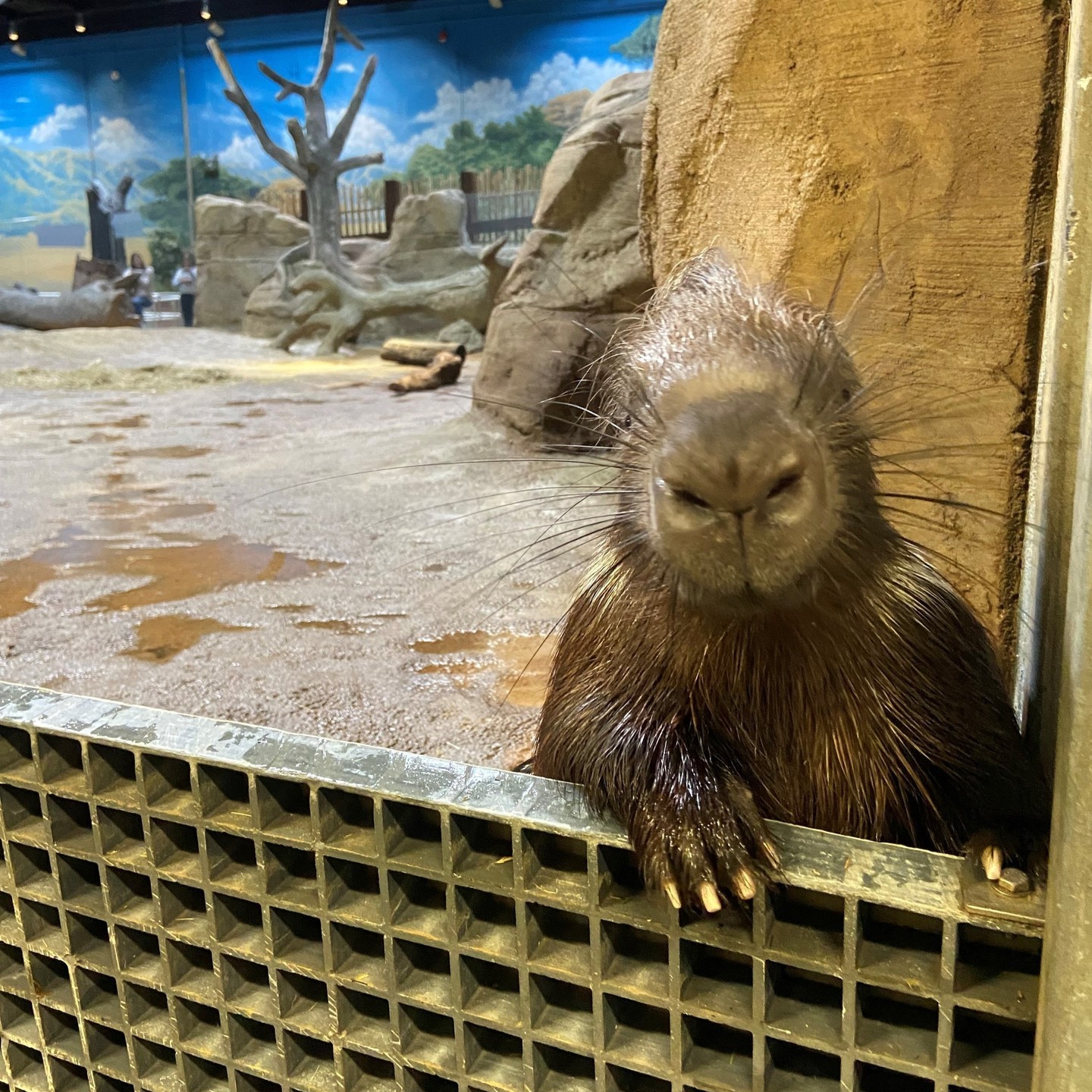Unraveling the Mysteries of the African Cape Porcupine: Beyond the Spikes!
Prepare yourself for a journey into the African wilderness, where we’ll stumble upon a creature that has mastered the art of self-defense. Say hello to the African Cape Porcupine – the largest rodent in Africa and a critter with countless fascinating tales to tell.
Spike It Up: The Quills Have It
First things first, let’s talk about those famous quills. They’re more than a punk hairstyle, ranging from a few inches to over a foot long. These modified hairs are formidable defense weapons. Are they feeling threatened? Time to raise those quills, puff up to look more extensive, and display a dazzling black-and-white warning. Don’t be fooled; these quills aren’t shot out as commonly believed, but they detach easily when touched. A predator getting a face full of quills will think twice before messing with a porcupine again!
Night Life: The Nocturnal Foragers
Cape Porcupines are creatures of the night. They emerge from burrows after sundown in search of a meal. With a primarily vegetarian diet, they chomp down anything from roots, bulbs, and bark to fallen fruits. They’ve been known to gnaw on bones too. Not because they enjoy a good T-bone steak but because it helps sharpen their teeth and provides much-needed calcium.
Home Sweet Burrow: Underground Living
These porcupines are quite the architects. They dig extensive burrow systems, which shelter them from predators and harsh weather. Some caves are inherited from generation to generation, making them ancestral homes. Talk about family heirlooms!
Baby Porcupines? Yes, They’re Called Porcupettes!
Baby porcupines, aptly named ‘porcupines,’ are born with soft quills that harden a few hours after birth. They’re precocial – a fancy word meaning they’re pretty mature and mobile from birth. They’re ready to face the world with their parents within a week.
Lovers and Fighters: Monogamy and Mating Rituals
African Cape Porcupines tend to pair for life, exhibiting monogamy relatively uncommon in the rodent world. Males perform an elaborate dance during courtship, followed by a unique “mating song.” It’s quite the performance, but then love often is!
In a Nutshell: Let’s Hear It for the Cape Porcupine.
The African Cape Porcupine isn’t just a prickly customer. It’s a fascinating creature with a unique lifestyle adapted to the challenging African wilderness. Its life is a testament to resilience, adaptation, and the beauty of survival tactics in the wild. So here’s to the Cape Porcupine, the spiky, mysterious, and yet endearing resident of Africa, reminding us that every creature, big or small, plays its part in the grand tapestry of life!

